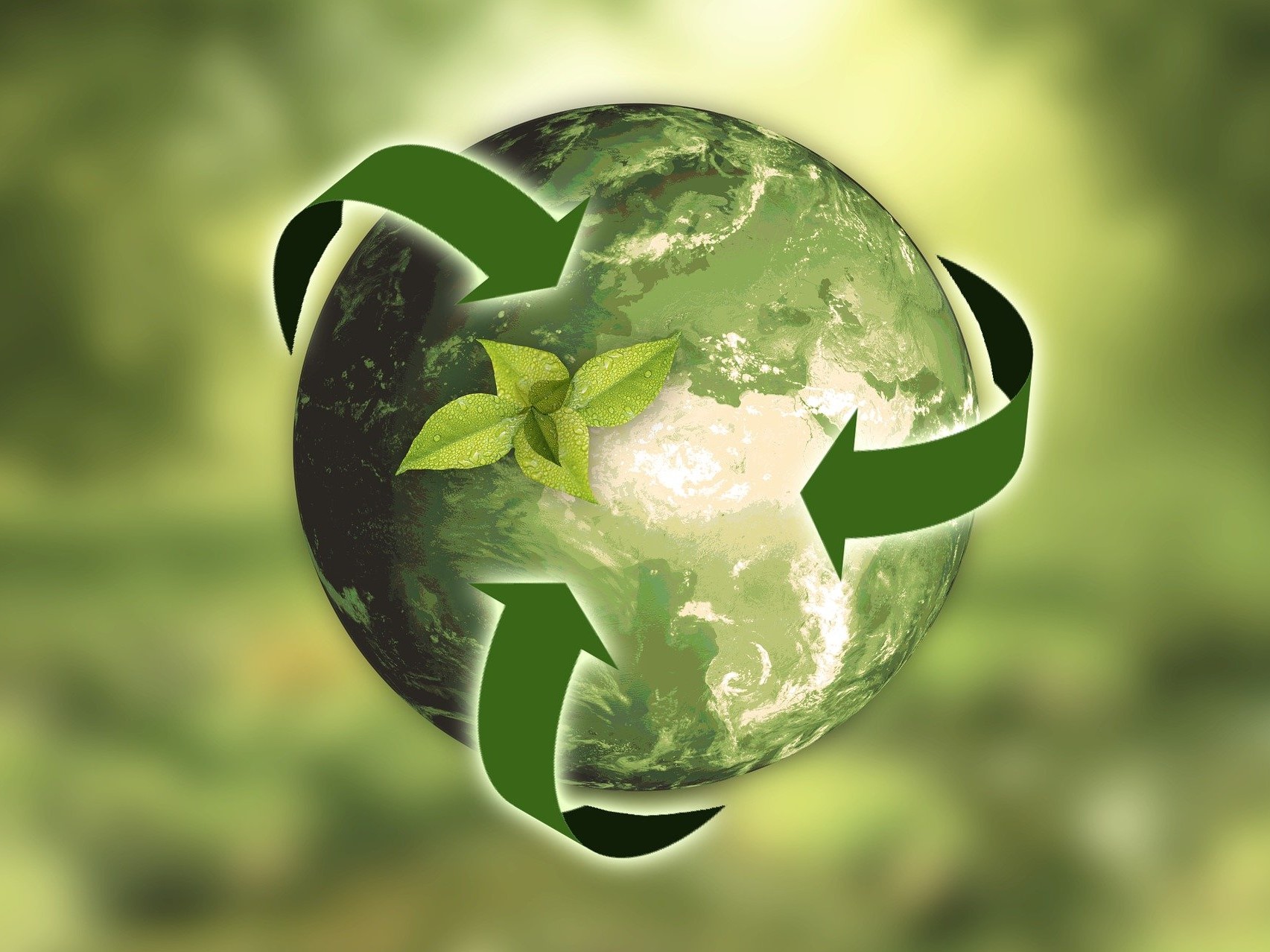Walmart Joins Ranks of Regenerative Companies
In addition to the net-zero carbon goal, the company committed to helping protect, manage or restore at least 50 million acres of land and 1 million square miles of ocean by 2030.
Earth Overshoot Day, or the date by which human consumption exceeds the amount nature can regenerate in a year, has moved back by more than three weeks this year compared to last year, mostly due to COVID-19, according to researchers. Specifically, to August 22, 2020, from July 29 in 2019. Although this is the greatest ever single-year shift since global overshoot began in the 1970s, they advise that further progress needs to be made by design, not by disaster. At this point, corporate commitments can make a difference, and one of the latest companies to adhere to green targets is Walmart, which announced its goal to become a regenerative company.
Currently, Walmart powers about 29 percent of its operations with renewable energy and diverts approximately 80 percent of its waste from landfills and incineration globally. But it wants to up its efforts and targets zero emissions across its global operations by 2040 and to help protect, manage or restore at least 50 million acres of land and 1 million square miles of ocean by 2030.
Green triangulation
To achieve the net-zero carbon goal, Walmart will invest in wind, solar and other renewable energy sources to power its facilities with 100 percent renewable energy by 2035. It will take a bit longer for the company to electrify its vehicle fleet, including long-haul trucks, as such it set the date for 2040. Another important step in achieving this goal is related to refrigerants and the equipment used for heating in its facilities, as such the company will transition to low-impact refrigerants and electrified equipment by 2040.
READ ALSO: High-Tech, High-Powered Changes
To become a regenerative company, Walmart will lead the adoption of regenerative agriculture practices—a practice that aims to capture carbon in soil and aboveground biomass to reverse current trends of atmospheric accumulation—sustainable fisheries management and forest protection and restoration. Moreover, it will continue to support actions toward preserving at least one acre of natural habitat for every acre of land developed by the company in the U.S. Since 2005, nearly 1.5 million acres of land have been conserved in partnership with Acres for America.
Last, but not least, Walmart will work with suppliers to source from places that help preserve natural ecosystems and improve livelihoods. For this reason, in 2017, the company has created the Project Gigaton initiative to avoid a gigaton of greenhouse gas emissions by 2030. So far, more than 2,300 suppliers have signed on, and ever since, they reported a total of 230 million metric tons of avoided emissions, the equivalent of taking more than 200 million passenger vehicles off the roads for a year.








You must be logged in to post a comment.